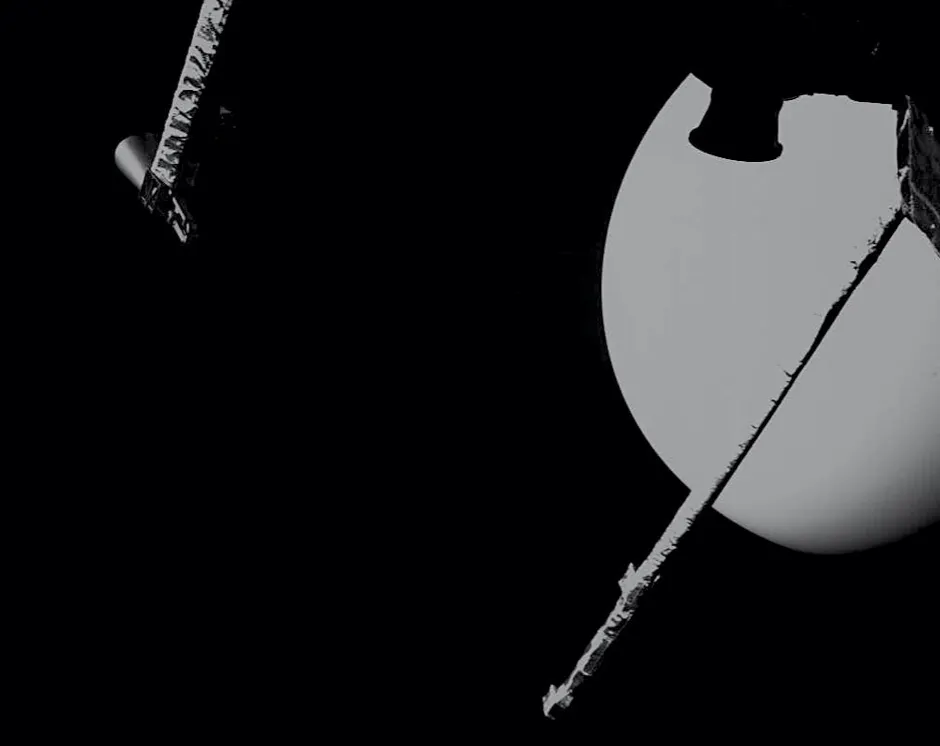BepiColombo, a British-built spacecraft that is currently on its way to Mercury, has completed the first of two Venus flybys needed to set it on course with the Solar System’s innermost planet.The probe’s closest approach took place at 4.58am on Thursday 15 October at a distance of about 10,720km from the planet’s surface.

Launched on 20 October 2018, the spacecraft needs nine gravity assist flybys – one at Earth, two at Venus and six at Mercury – before entering orbit around the planet in 2025.
The flybys use the gravitational pull of the planets to help alter the speed and direction of the spacecraft.
Together with the spacecraft’s solar electric propulsion system, they help to steer it into Mercury’s orbit against the strong gravitational pull of the Sun.
Read more about space:
- No, an asteroid probably won't smash into the Earth the day before the US elections
- The UK missions getting us to the Moon
- What is rocket science?
“For the Venus flyby, we conducted the large majority of our preparations over the last three months via teleworking, with only the minimum personnel required onsite during the flyby to ensure the safe operation of the spacecraft,” said Elsa Montagnon, the European Space Agency’s BepiColombo spacecraft operations manager.
“The only difference to normal cruise phase operations is that near to Venus, we have to temporarily close the shutter of any of the star trackers that are expected to be blinded by the planet, similar to closing your eyes to avoid looking at the Sun,” she added.
Two of the three monitoring cameras onboard the Mercury Transfer Module were activated during dedicated imaging slots from 20 hours before closest approach to 15 minutes afterwards.
From afar, Venus is seen as a small disc in the camera’s field of view, close to the spacecraft body.
During the closest approach phase, the planet dominates the view, appearing behind the magnetometer boom of the Mercury Planetary Orbiter.
As the scientists analyse the new flyby data, the operations teams will assess the performance of the Venus flyby and make a routine trajectory correction of the spacecraft on 22 October.
BepiColombo will also make its first Mercury flyby next year, in October, at a distance of just 200km.
Reader Q&A: Could we live on airships in the atmosphere of Venus?
Asked by: Andrew Cirel, Corsham
Although the surface environment of Venus is extremely hostile, there is a region between about 50km and 60km above the surface where the atmospheric pressure and temperature are similar to Earth’s. In fact, this region may well be the most ‘Earth-like’ environment in the Solar System.
This has inspired the idea of vast floating cities occupying the Venusian atmosphere, without the potentially more difficult and costly process of ‘terraforming’ the planet below for human habitation. However, space agencies have so far been primarily focused on the possibility of colonising Mars instead.
This is partly because Mars already receives much more attention as a destination for unmanned exploration, partly because living in floating cities may be perceived as inherently more dangerous, and partly because we humans have become used to living on terra firma. So it looks like a life amid the clouds will be consigned to sci-fi for now.
Read more: